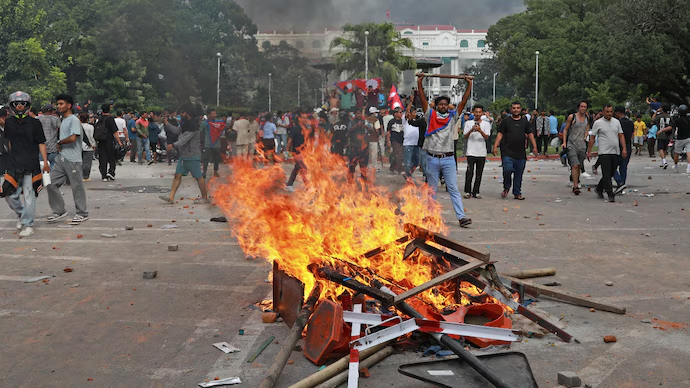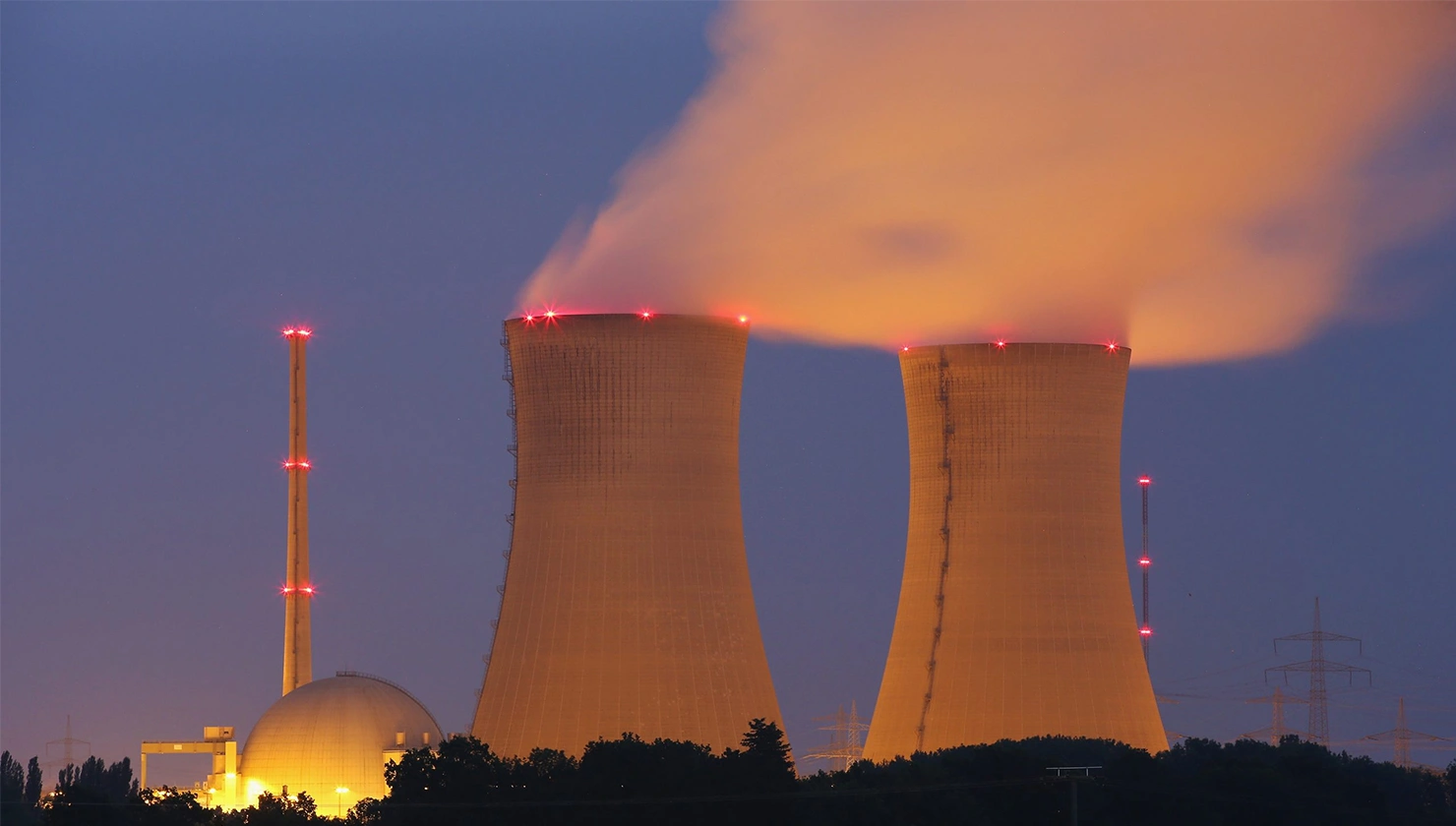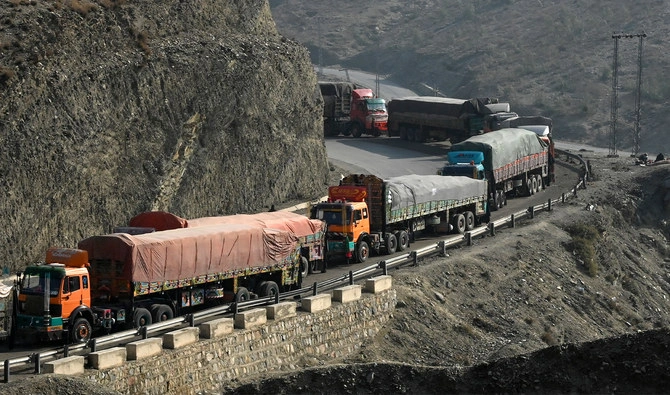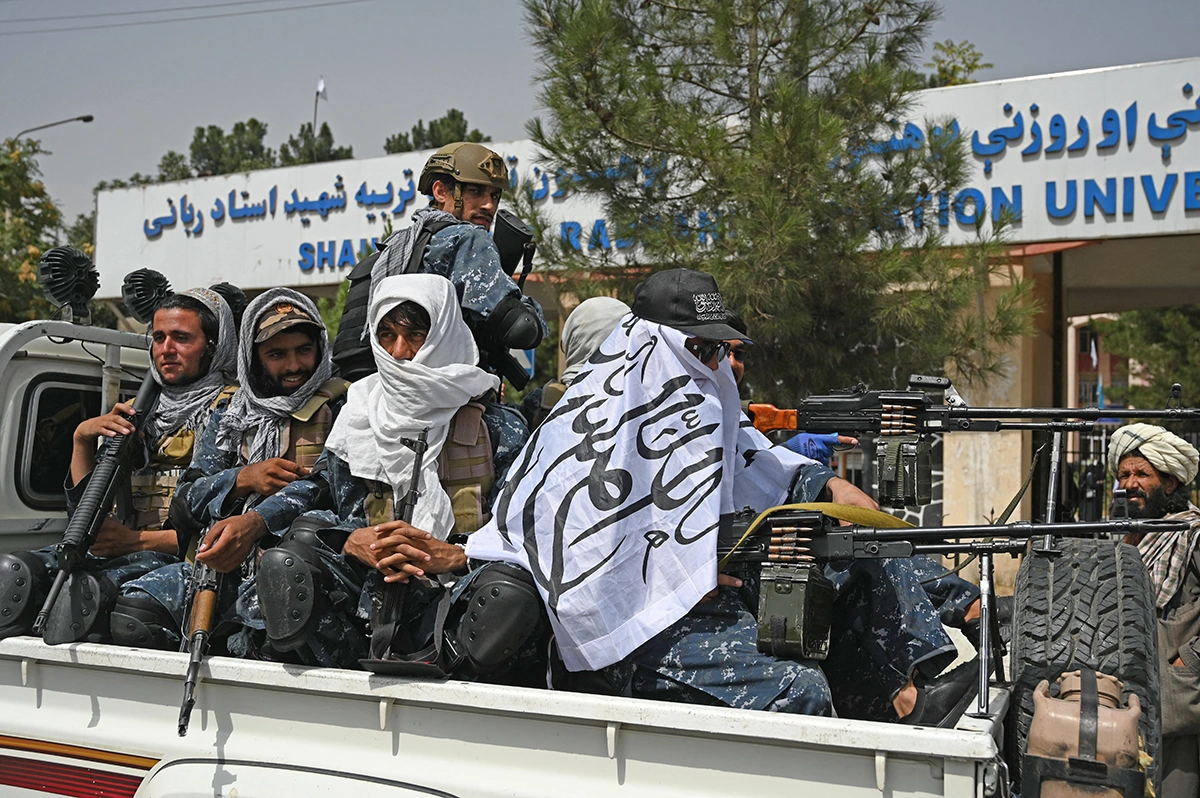The history of Nepal records four major revolutionary streams—Nepali Congress, Communist Party of Nepal, Communist Party of Nepal (Marxist-Leninist), and Communist Party of Nepal (Maoist)—each of which, at crucial junctures, betrayed the people’s trust, deceived them, and ultimately aligned themselves with Nepal’s exploiters, oppressors, and foreign imperialists/expansionists. This pattern of betrayal fueled widespread dissatisfaction among the people, eventually igniting a conflagration of revolt and unrest. Here is a brief history of the political betrayal faced by the Nepalese people.
Nepal’s courageous citizens, and especially the youth, tried every alternative to change the destiny of the country and its people. They participated in public struggles and armed movements, suffered severe police and security force torture, sacrificed their lives by the tens of thousands, and languished in prisons for extended periods.
The communist surge in the 1990s encompassed three historic tasks:
- Elimination of feudalism (created by the mix of caste, patriarchy, and monarchy).
- Protection of Nepal’s sovereignty and dignity from expansionist-imperialist nations (India and China).
- Combatting the newly emerging comprador bourgeois class, which began colluding with feudal, monarchical, and expansionist-imperialist powers.
The Nepali Congress deceived the people
Nepali Congress first came to the political stage promising to abolish feudalism and monarchy, and claiming it would liberate Nepal from expansionists and establish full sovereignty. The people allied with them, fought alongside, and made every sacrifice. The outcome was a constitutional monarchy where real power remained in the hands of kings and landlords.
The Communist Party of Nepal also betrayed the people
They claimed, “Nepali Congress is allied with monarchy, feudal landlords, and expansionists. They cannot deliver liberation from these forces.” The people lent their support, but apart from superficial reforms, the party got entangled in games of power and remained distant from real revolutionary change.
The Marxist-Leninist Party, too, deceived the people
Arriving as a revolutionary force, they asserted that the old Communist Party had turned revisionist and joined hands with expansionist India. They promised complete sovereignty and radical land reform to destroy feudal foundations. The people believed them, fought alongside (including armed struggle), and made immense sacrifices. The result: a handful of superficial changes, little else.
The Maoist Party also betrayed the people
Appearing as the most radical revolutionary current, the Communist Party of Nepal (Maoist) generated hope for fundamental change. They delivered swift justice through ‘people’s courts,’ vigorously fought against feudal oppression, and garnered broad popular support, even controlling 80% of Nepal’s territory at one stage. Leaders like Prachanda and Baburam Bhattarai became icons for global communists. Their struggles achieved major outcomes: the monarchy was abolished, Nepal was declared a secular, federal, democratic republic, and a progressive constitution founded on social justice was established. However, eventually, the Maoist party joined the political mainstream, succumbing to the temptations and intrigues of parliamentary power. Top leaders engaged in electoral calculations, vying for premiership and lucrative ministries, and became embroiled in corruption and behaviour even more questionable than traditional bourgeois politicians. This erosion of credibility resulted in their political decline and public disdain.
Despite determining two fundamental responsibilities, land reform and liberation from imperialism and expansionism, the communists, even while in power, failed to fulfil either.
Land reform was abandoned
The communists had awakened political consciousness, promising that after dismantling centuries-old feudal monarchy, the material foundation of feudalism would also be destroyed, freeing the people through the abolition of landlordism and revolutionary land reform so that tillers would own the land. This, they said, would liberate the people from all forms of exploitation, feudal, casteist, and patriarchal.
The promise of sovereignty and liberation from Indian-American expansionism was reduced to electioneering, deceiving the electorate
In this pattern, the Nepali Congress, United Marxist Communist Party, Marxist-Leninist Communist Party, and Maoist Communist Party all ultimately behaved similarly, playing the same political power games.
The question remains: Why, after decades of revolutionary struggle, immense sacrifices by Nepal’s brave people and politically awakened youth, after trying every pathway for transformation, have the masses once again embarked on the painful journey of uprising and rebellion? This revolt illustrates the deep resentment against the corrupt leaders of Nepali Congress, the Marxist Communist Party, the Marxist-Leninist Communist Party, and most intensely against the radical Maoist leaders, Prachanda, Baburam Bhattarai, and others.
This collective revolt of the Nepalese people deserves support from every progressive and democratic-minded person or organization worldwide. Yet it must also be acknowledged that foreign powers, including India’s current right-wing BJP-led government and America’s covert agencies, alongside Nepal’s own royalist reactionaries dreaming of King Gyanendra’s return, have sought to manipulate this popular discontent. The educated Nepalese youth, whose real issues, education, employment, health—are pressing, have seen their anger politically used.
Global communists must again engage in self-analysis and introspection, remembering the collapse of the Soviet bloc, the fall of Bengal’s communist strongholds, and now the revolutionary fire burning against communist rule in Nepal. The time has come to reflect: having once championed the slogan of establishing popular ownership of all property under Lenin’s Bolshevik Revolution and Mao’s peasant-led Red Revolution, where do communists stand today in conduct and behaviour? Regardless of the flag’s colour, orange, green, yellow, blue, or red, if distance from the people grows, so does public dissatisfaction, anger, hatred, and, ultimately, destruction.
The views expressed in this article are the author’s own. They do not necessarily reflect the editorial policy of the South Asia Times.







